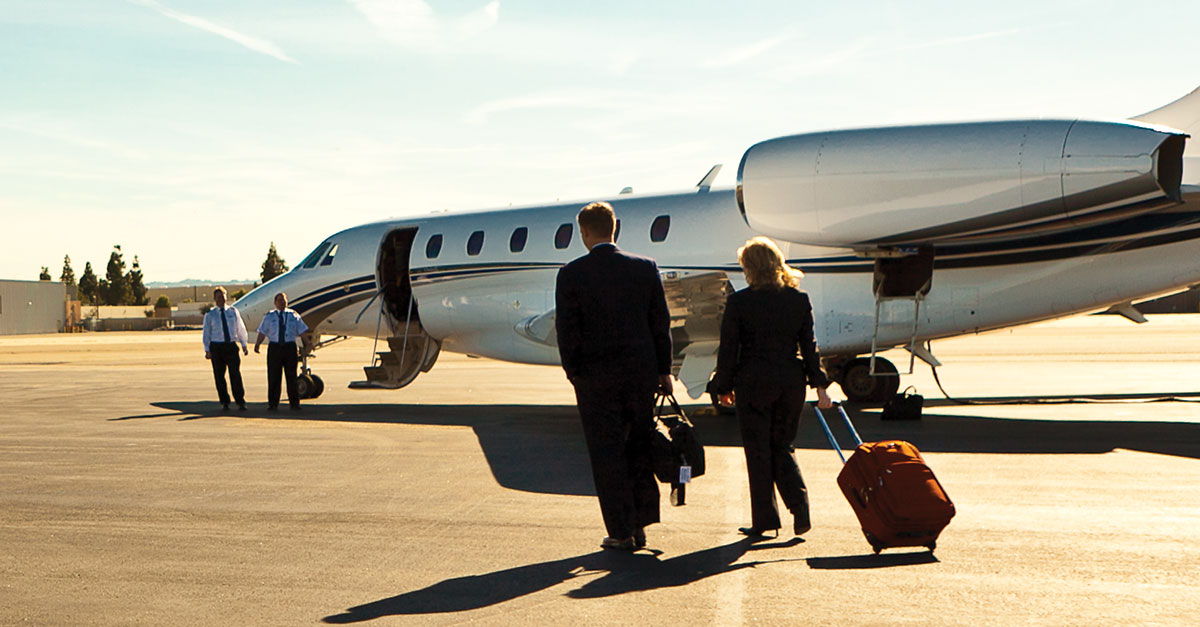
April 9, 2018
It’s important to know how to evaluate supplemental lift providers to find the right solution when your company’s aircraft may be out of service.

It is inevitable that, at some point, a company’s business aircraft will be out of service due to routine maintenance, an AOG issue, or the installation of required upgrades. When that happens, business trips still need to be taken, so operators with aircraft out of service often look for supplemental lift.
To find the right solution, questions need to be asked about the supplemental lift provider’s pilot qualifications and the safety standards, while also confirming that they are adhering to your insurance company’s requirements. If red flags pop up when vetting providers, it is best to find out long before a flight is needed.
There are some specific things to consider in the vetting process, says Nick DeMarco, Executive Jet Management’s standards audit program manager, and it all begins with safety.
“When we are tasked with finding and approving supplemental lift providers, we always endeavor to find a way to say yes, but we never compromise safety to do so,” explained DeMarco. “We con-sider the provider’s safety management system and emergency response plan, and look out for pricing models that seem too good to be true. The provider must be financially sound, which allows them to maintain a high standard of safety without cutting corners. Determining the culture of a provider when conducting onsite audits is part of any robust vetting process.”
Terry Lascher, director of operations for L.J. Aviation, emphasized the importance of looking at a provider’s pilot training, the passenger experience offered, as well as aircraft age and type.
“When you look at the provider through the lens of the how your passengers will view the experience, you should be able to easily determine if they [the supplemental lift provider] will be able to replicate what your passengers are accustomed to,” said Lascher. “This part of the vetting process begins with asking the provider for client referrals, to see how they have handled any prior issues and to make sure that the provider did the right thing when situations came up. What actions they took to resolve problems needs to be in line with what you would do in the operation of your own business aircraft.”
When you look at the provider through the lens of the how your passengers will view the experience, you should be able to easily determine if they [the supplemental lift provider] will be able to replicate what your passengers are accustomed to.
Frank Turtola, an underwriting executive with Global Aerospace, Inc., said one of the best places to start when vetting supplemental lift providers is to consider the quality of their insurance program. “Make sure it is at least on par with your own. This is an important part of the due diligence process.”
Donald Chupp, president and CEO of Fireside Partners, suggests that operators seeking supplemental lift make an unannounced visit to the provider. “If they operate with professionalism and have a sound operation, a provider won’t need to prepare for your visit. Look for the behaviors you want to see from any company that would be in charge of the safety and care of your own family.”
This article originally appeared in the March/April 2018 issue of Business Aviation Insider.
Download the magazine app for iOS and Android tablets and smartphones.


 International Business Aviation Council Ltd.
International Business Aviation Council Ltd.